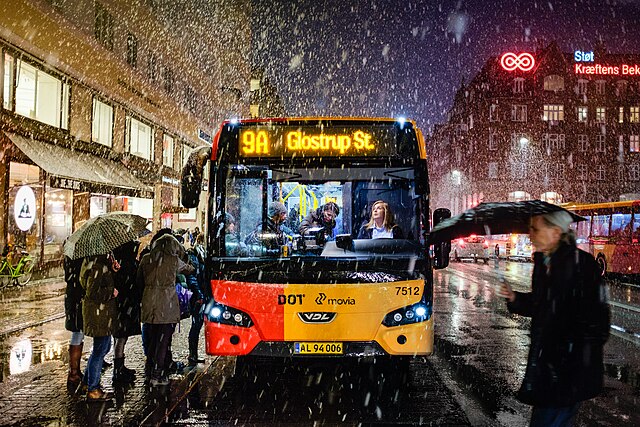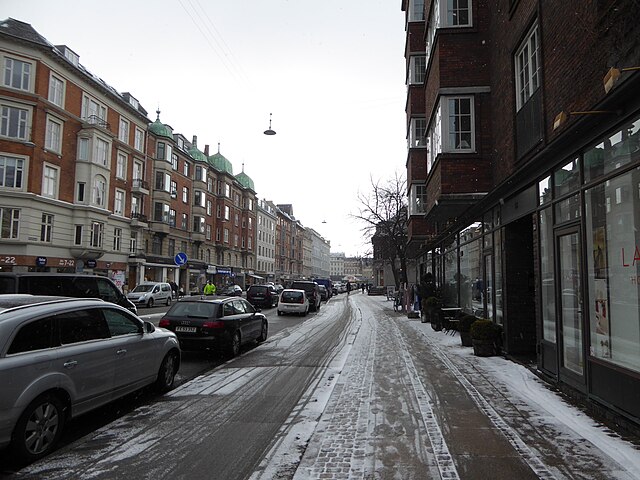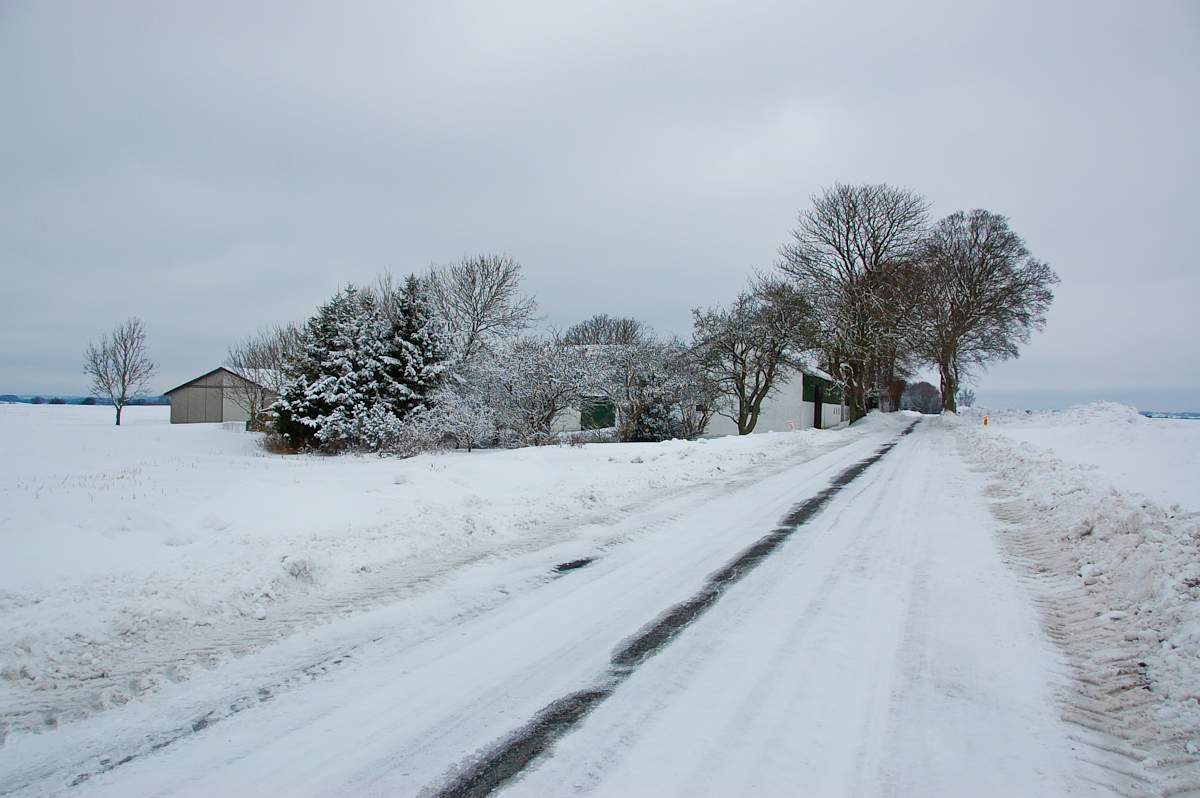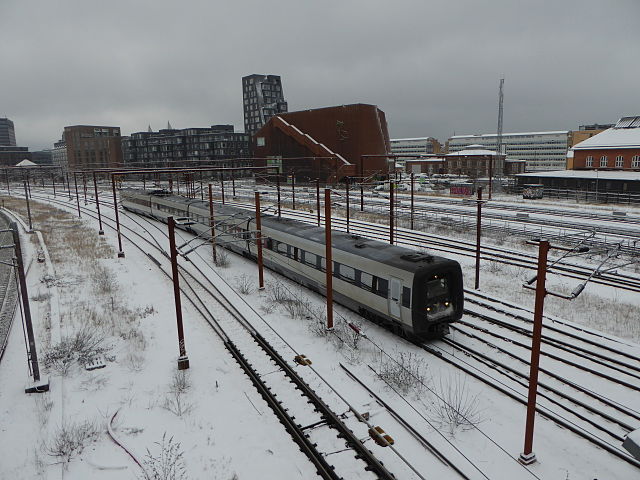
The Thammasat University Library has newly acquired some books by an important Scandinavian writer, which should be of interest to students of history, sociology, literature, and related fields.
Out of Africa by Isak Dinesen is known to many people because of a successful Hollywood movie adaptation from 1985 starring Robert Redford and Meryl Streep. The TU Library owns copies of this film, and they may be seen at the Rewat Buddhinan Media Center, Pridi Banomyong Library, Underground 2 level, Tha Prachan campus, and at the Educational Media Service Center, Puey Ungphakorn Library, Rangsit campus.
Those who enjoy the film may wish to listen to the soundtrack recording which is in the collection of the TU Library, and may be listened to at the Rewat Buddhinan Media Center, Pridi Banomyong Library.
The film tells the story of Baroness Karen von Blixen-Finecke, born Karen Christenze Dinesen, a Danish author who wrote under the pen name of Isak Dinesen. She wrote her books in Danish, French and English, the the TU Library’s new acquisition is translated into Thai language by Suriyachat Chaimongkol.
As Thai readers of European literature know, Suriyachat Chaimongkol, an experienced translator who also produced a version in Thai language of The Rubaiyat of Omar Khayyam, a celebrated Persian poem which the TU Library also owns in English and Thai versions.

Among noted quotations by Isak Dinesen are the following:
- There is hardly any other sphere in which prejudice and superstition of the most horrific kind have been retained so long as in that of women, and just as it must have been an inexpressible relief for humanity when it shook off the burden of religious prejudice and superstition, I think it will be truly glorious when women become real people and have the whole world open before them.
Letter to her sister Elle (1923); later published in Letters from Africa: 1914-1931 (1981) edited by Frans Lasson, translated by Anne Born.
- I am not a novelist, really not even a writer; I am a storyteller. One of my friends said about me that I think all sorrows can be borne if you put them into a story or tell a story about them, and perhaps this is not entirely untrue. To me, the explanation of life seems to be its melody, its pattern. And I feel in life such an infinite, truly inconceivable fantasy.
Interview with Bent Mohn in The New York Times Book Review (3 November 1957)
Part of this quotation impressed the German political philosopher Hannah Arendt, who cited All sorrows can be borne if you put them into a story or tell a story about them in her book The Human Condition (1958). The TU Library owns a copy of The Human Condition and other books by Hannah Arendt.
Many other writers have also admired Isak Dinesen. When Ernest Hemingway was announced as winner of the Nobel Prize in Literature in 1954, he remarked: I would have been happy — happier — today if the prize had been given to that beautiful writer Isak Dinesen.
Another American writer, Raymond Carver, noted that Isak Dinesen said that she wrote a little every day, without hope and without despair. I like that.
The TU Library owns some books by and about Hemingway and Carver.
Thailand and Isak Dinesen
There has been much scholarly analysis of the writings of Isak Dinesen, including an article in MANUSYA: Journal of Humanities sponsored by Chulalongkorn University, an open access journal published with a double-blind peer review system. As its website explains,
The main objective [of MANYUSA] is to provide an intellectual platform for researchers in the field of humanities to publish their research articles on various issues in history, philosophy, language, literature, music, dance, dramatic art, visual art, creative art, and applied art. Our focus is on humanities issues relating to Southeast Asia. However, we also welcome submissions that examine broader phenomena and non-SEA related issues…
In a special issue from 2006 on the theme of World Literature from Thai Perspectives, a study appeared, The Defiance of Patriarchy and the Creation of a Female Literary Tradition in Contemporary World Popular Fiction.
It was written by Associate Professor Surapeepan Chatraporn, Department of English, Faculty of Arts, Chulalogkorn University. Ajarn Surapeepan’s article examined several women writers, including Isak Dinesen, Laura Esquivel, and Joanne Harris.
Thai readers of Isak Dinesen may be interested to know that her uncle lived in Siam in the 1800s. Aage Westenholz (1859 – 1935), the brother of Isak Dinesen’s mother Ingeborg Westenholz, was the founder of the Siam Electric Corporation and chairman of the Karen Coffee Company Ltd. Mr. Westenholz was an engineer who worked as a businessman in Siam. In February 2011, ScandAsia Magazine described Mr. Westenholz as the first expert:
In 1893 he had already established a civilian career in Bangkok, but when the conflict with France was imminent, he, as an expert, volunteered and was enlisted, we find him in ‘the List of Foreigners in the Royal Thai Navy’ for the year 1893, 34 years old and with rank as captain… He arrived in Bangkok the 18th December 1885, hired as managing director for a tile works. In the town where all Danes knew each other he soon got acquainted with Commodore Richelieu and people around him… From King Chulalongkorn’s own hand Richelieu the 5th of May 1887 got a concession to establish and run a tramway line in Bangkok. A limited company was established; the King bought shares and for a period of time held 50%, Richelieu and H.N. Andersen also held substantial portions of the shares. Richelieu functioned as Chairman of the Board and he appointed Westenholz as engineer and soon thereafter managing director of the line, first six, then nine, then eighteen kilometers, running along Charoen Krung Road; later one more line was built. In a very short while the tramway became a great success, very profitable and the ponies had to work hard… After the dispute Westenholz left the tramways in 1895, but when Richelieu in 1898 obtained the concession for establishing ‘The Siam Electric (or Electricity) Company’ with a fifty years monopoly on delivering electricity to Siam, he was called back as manager, then Managing Director when Richelieu left Siam in 1902. The company was registered in Demark with Isaac Glueckstadt, Landmandsbanken, as Chairman of the Board. Westenholz was also the only Dane in Siam with the knowledge and capacity to run the fast growing business. The tramway became a part of Siam Electric Company and in for example 1907 the trams travelled no less than 1.764.000 miles – stuffed with passengers… Furthermore he founded ‘Maenam Motorboat Company’ in 1906. At that time local Siamese ferries sailed across the river from pier to pier, but it was Westenholz contribution to the infrastructure to start sailing up and down the Chaopraya, from Nonthaburi to south of Klong Toey and also along the major canals for example the Bang Kapi waterway. In 1908 the fleet consisted of 10 motor boats and 2 steam launches (barkasses), their schedules were laid in correspondence with those of the tramlines. Also this enterprise was a success and earned him goodwill. The company operated until 1940 where it came to a standstill because of the war, but nowadays speedy express passenger boats are again plowing the waters.
Although she does not mention it in Out of Africa, Isak Dinesen’s farm in Africa was paid for by her Uncle Aage, who had grown rich from his business ventures in Siam.

(All images courtesy of Wikimedia Commons)

